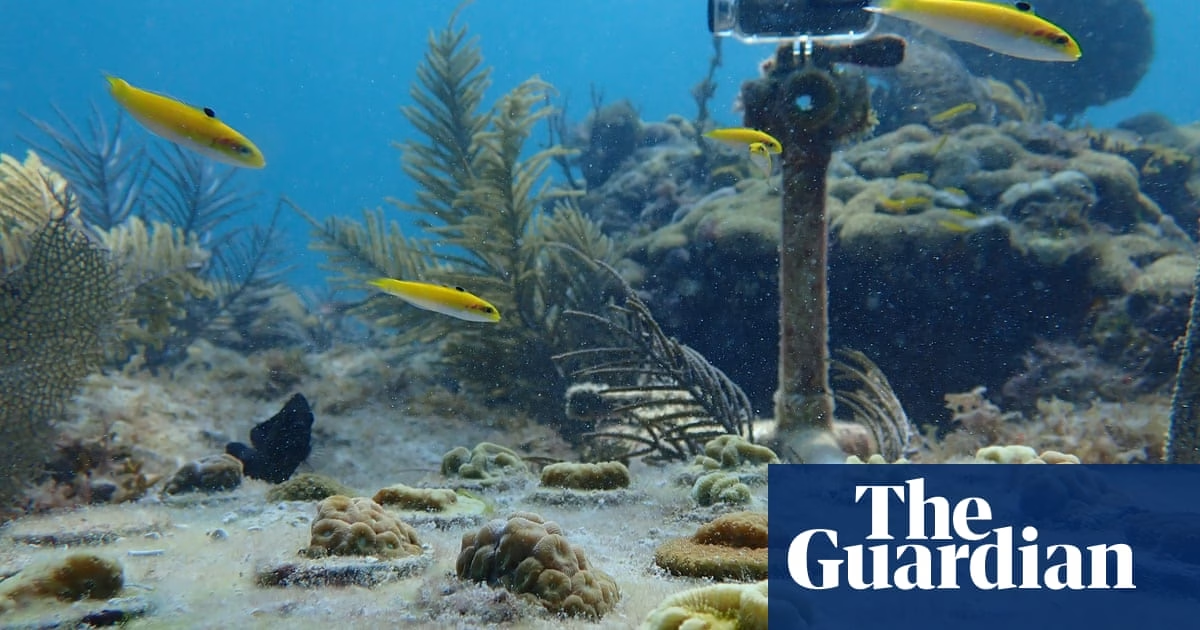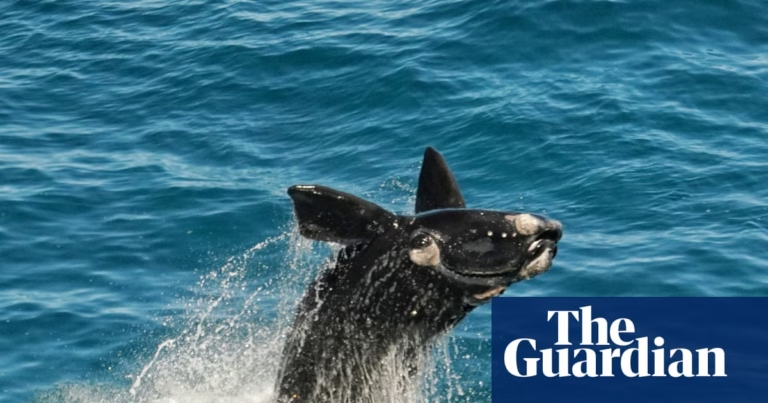Marine scientists in Florida are working to reverse the decline of coral reefs by using an innovative doorbell-style surveillance camera to catch fish predators in the act. The footage revealed that three corallivorous species – redband parrotfish, foureye butterflyfish, and stoplight parrotfish – were responsible for eating more than 97% of the coral laid as bait by researchers at an offshore reef near Miami.
These findings can help inform coral reef repopulation efforts following a 90% decline in Florida’s coral cover since the 1970s. The decline was caused by unprecedented bleaching events due to the climate emergency, including record ocean heat over the last two summers.
Diego Lirman, a leader in coral restoration research and an associate professor at the University of Miami’s Rosenstiel School of Marine, Atmospheric and Earth Science, said that intense fish predation on newly outplanted corals has been identified as a major restoration bottleneck. The main goal was to address the lack of knowledge of the fish species that target corals after outplanting.
By identifying the fish species responsible for coral predation, practitioners can avoid reef sites or areas with high abundances of those species and also select the right coral species for outplanting sites. The coral-baited underwater cameras provide insights into corallivore behavior and preferences, allowing for the documentation of predation at various sites rapidly and without the cost of outplanting.
Lirman’s team, funded by a grant from the Fish & Wildlife Foundation of Florida, designed and built recording devices using GoPro cameras in waterproof housing attached to a PVC frame. They encountered initial setbacks such as overheating external batteries and leaks causing flooding in the camera housing. Some of the equipment was even stolen, similar to porch pirate-style pilfery.
After analysis of the imagery, the researchers determined that redband parrotfish, which are prolific in the Caribbean and waters off Florida, were the most voracious predators, accounting for 56.3% of bites on the nine coral species put out in fragments as bait.
The findings were presented by UM marine scientist and research master’s graduate Erin Weisman at the Reef Florida symposium of conservation leaders at Miami’s Phillip and Patricia Frost Museum of Science in November.
According to Lirman, the identification of the main fish predators and their preferred diet allows reef restoration practitioners to select sites and species that would minimize predation impacts and maximize restoration success before large-scale, costly outplanting is implemented. Future research could incorporate elements of artificial intelligence to automate the analysis process.
Source: https://www.theguardian.com/us-news/2025/mar/16/underwater-doorbell-scientists-coral-eating-fish-florida








